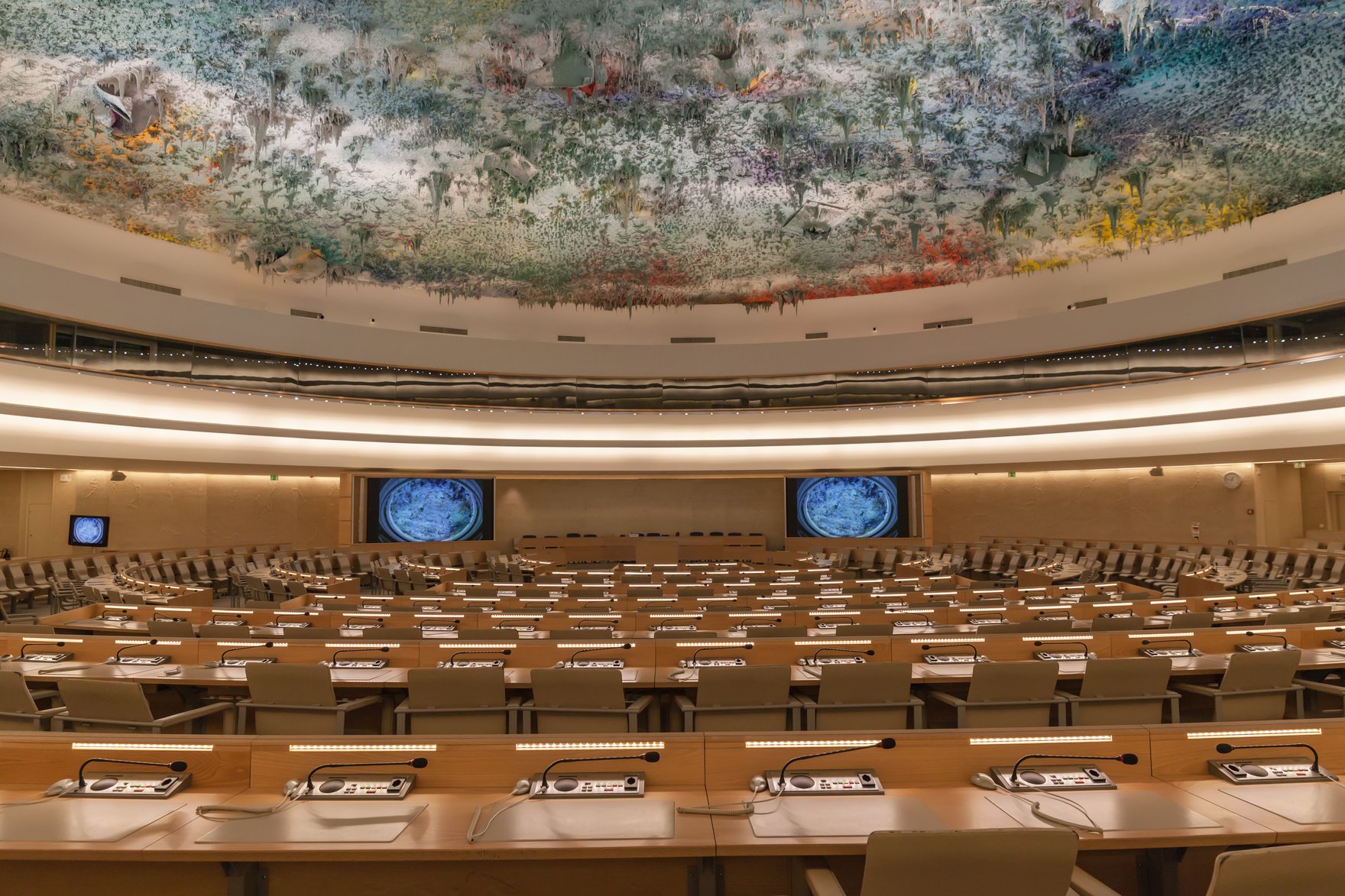The United Nations Declaration on the Rights of Indigenous Peoples (UN Declaration) was adopted by the UN General Assembly in 2007. Today in Canada, the implementation of the UN Declaration is an opportunity to explore and reconceive the relationship between international law, Indigenous peoples’ own laws and Canada’s constitutional narratives. The UN Declaration properly recognizes that Indigenous peoples’ rights are inherent rights, grounded in Indigenous legal traditions. In implementing the UN Declaration into national law, then, we must draw on Indigenous peoples’ own laws — and, where possible, communicate in Indigenous languages.
In May 2016, Canadian Indigenous and Northern Affairs Minister Carolyn Bennett addressed the Permanent Forum on Indigenous Issues at the United Nations and officially endorsed the UN Declaration — without the qualifications attached by the previous government, which held the declaration to be aspirational and not legally binding. While this announcement did not change the legal relevance of the UN Declaration in Canada, it does express the political will to begin implementation and signals that Canada may be on a path toward reconciliation with Indigenous peoples. Thus, the announcement also raised legal and policy questions about how the federal government intends to adopt and implement this soft law instrument.
To advance a stalled process of reconciliation and embrace a true nation-to-nation relationship with Indigenous peoples, the Centre for International Governance Innovation (CIGI) released UNDRIP Implementation: Braiding International, Domestic and Indigenous Laws, its first publication on Indigenous peoples’ rights. The publication was over a year in the making and is a collection of essays that reflect recommendations of selected Indigenous legal scholars and policy leaders. The essays shed light on how Canada can braid together a new legal framework through the implementation of the UN Declaration.
This past summer, CIGI’s International Law Research Program contributed to the Tenth Session of the Expert Mechanism on the Rights of Indigenous Peoples (EMRIP), an annual forum held at the UN offices in Geneva, Switzerland. This event brings together representatives from states, Indigenous communities and organizations, civil society, intergovernmental organizations and academia to assist member states in achieving the UN Declaration through the promotion, protection and fulfilment of the rights of Indigenous peoples.
This was the first session since EMRIP’s mandate was expanded. The work of EMRIP is significant because it reports directly to the Human Rights Council, the main human rights body of the United Nations. Through the work of EMRIP — including the advice it develops for states on the human rights obligations owed to Indigenous peoples — Indigenous peoples’ human rights issues remain at the forefront. EMRIP has made several significant contributions to the promotion of Indigenous peoples’ rights, including developing reports on best practices when implementing the UN Declaration.
Given the diversity of Indigenous peoples around the world and the different approaches to implementing Indigenous peoples’ rights, EMRIP plays an important role in providing a space to bring together information on implementation. At this year’s session, EMRIP presented its report “Ten years of the implementation of the United Nations Declaration on the Rights of Indigenous Peoples: good practices and lessons learned — 2007–2017,” which highlighted key developments in the realization of Indigenous peoples’ rights. While progress is slow, we are seeing some developments where states now realize that they must engage Indigenous peoples’ more in decision — although there is still a long way to go for most states to reach the standards set out in the UN Declaration.
During the session, CIGI recommended that the EMRIP:
- in its first recommendation, include reference to Indigenous governments in implementing the UN Declaration;
- in its second recommendation, include reference to Indigenous laws and languages as living laws and languages when developing national action plans;
- remind states that implementation of the UN Declaration cannot be a perpetuation of the status quo but instead requires new ways of engaging with Indigenous peoples.
Indigenous and state governments both have a responsibility to implement the UN Declaration. But Indigenous governments need assistance, both financial and with regard to capacity building, to engage in the process of implementation. Indigenous languages are important for implementing and fully realizing the ends of the UN Declaration. Elders from the Secwepemc — a nation of 17 bands occupying the south-central part of the province of British Columbia — explain how Secwepemctsin requires one to address others in terms that raise up the people being talked to while diminishing the stature of the speaker. This is a form of language that captures important ways of being in the world, where one is placed by language in an appropriate position of respect and humility.
Like a braid that consists of many fibres and gains strength when several strands are woven together, the UN Declaration gains strength and significance when international, domestic and Indigenous laws come together to reconcile relationships. Only at that time can all systems be strengthened.



